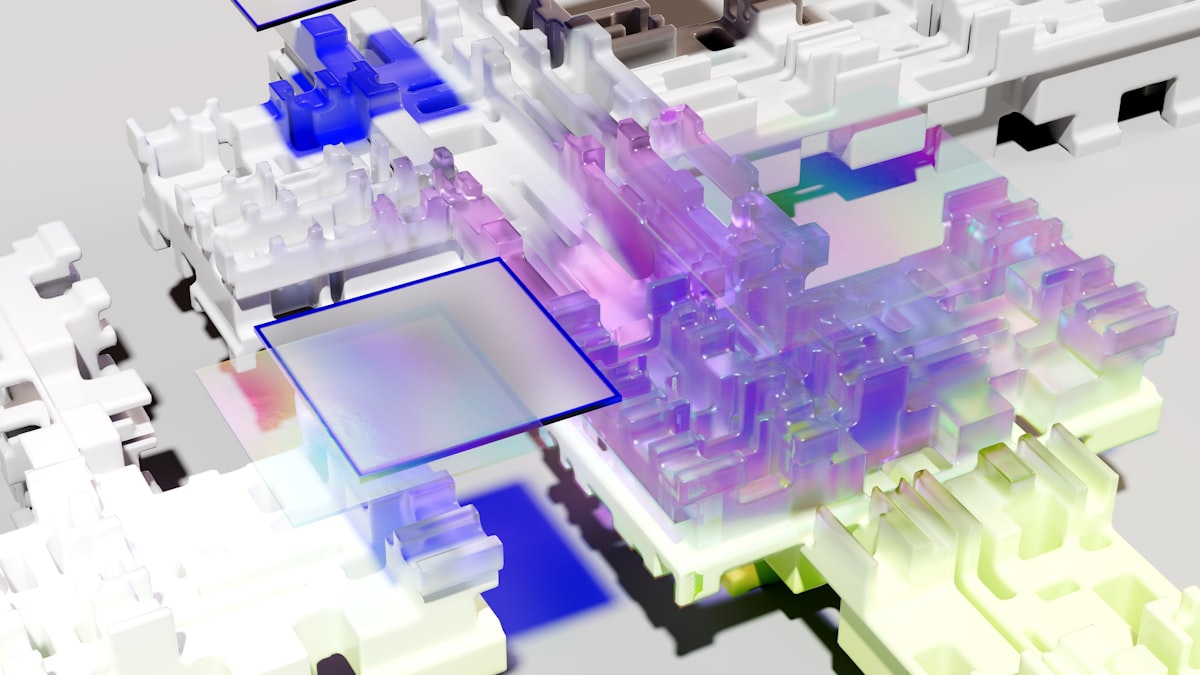What is Artificial Intelligence?
Artificial Intelligence, (hereafter known as AI) has taken the world by storm! Reuters said ChatGPT had 100 million users in January 2023. And they also say it is the fastest-growing consumer application in history. It took TikTok about nine months after its global launch to reach 100 million users and Instagram 2-1/2 years, according to data from Sensor Tower.
But ChatGPT (GPT stands for Generative Pre-trained Transformer) is only one AI application. Grammarly, and many similar apps, help people write and edit all kinds of text (I'm using Grammarly to assist in writing this post). Midjourney, Dall-E, and Stable Diffusion (these are generative image diffusion models) help people create images. Runway Gen-2 and Kaiber use image diffusion to help people create generative videos. Eleven Labs and Murf help people make realistic text-to-speech audio. Aiva and Music Gen help people create music from a text prompt or with a few button clicks. Adobe Photoshop now allows you to change or expand an image infinitely. Whew...it's exhausting just listing all these apps!
However, that list is far from exhaustive. Futuretools.io (a site that collects and organizes AI tools) has 1,777 A.I. programs in its database so far. Futurepedia.io, a similar site, has collected over 2,000 A.I. programs. So, we are barely scratching the surface of the capabilities of AI. However, for our purposes in this post we don't need to dive much deeper.
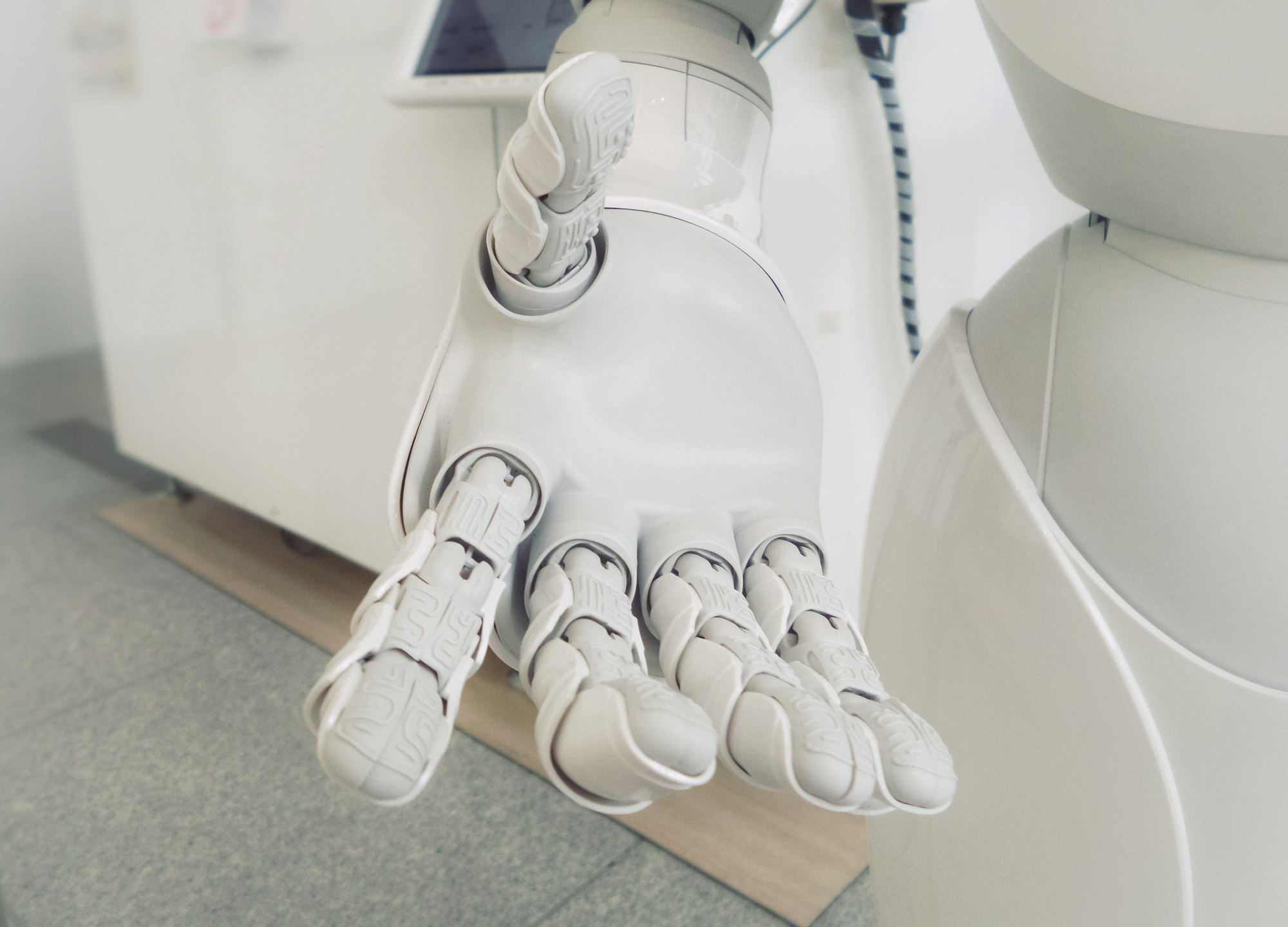
How has AI been Adopted?
According to Harvard Business Review, AI has completely skyrocketed in adoption since the COVID pandemic. It won't be long before AI has taken over almost the entire internet. With the click of a button, anyone can create an image, video, music, or narration. Is that good or bad? That can be determined by the intentions of the user, the actual AI output, and the effect it has on the wider world. Right now, it is simply too early to make a definitive judgment.
What I do know, is that unlabelled AI is already causing problems and making many artists and creators upset. Search AI on YouTube and many of the first page results are doom and gloom. Right now, AI is causing a stir...and not in a good way. However, AI is helping many people. AI is currently helping millions of students write. It is helping graphic designers brainstorm. It is helping creators and artists and photographers.
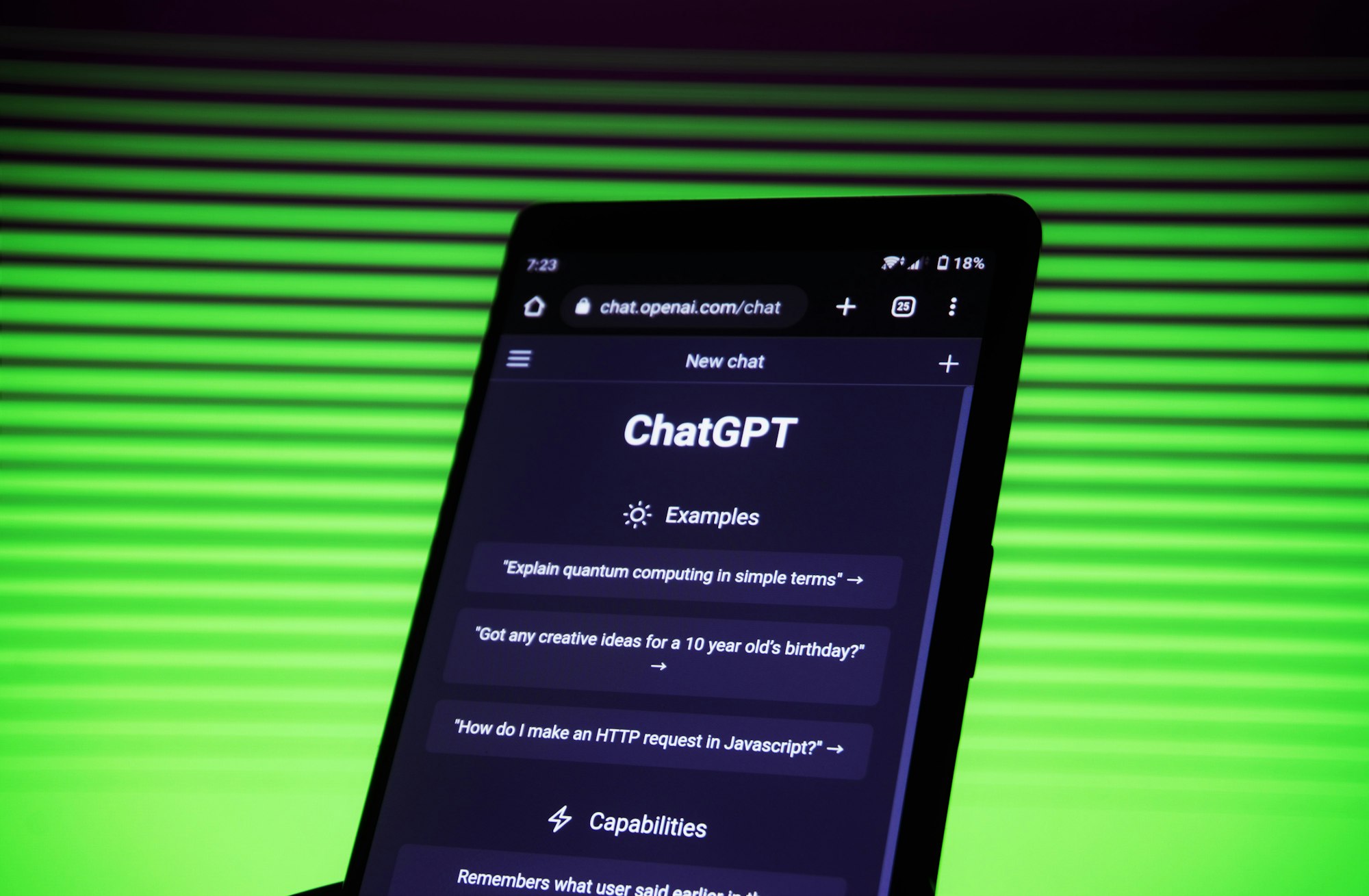
On the other hand, AI is causing harm as well. There's students using AI to cheat in school. Artists winning human competitions with AI images. And probably worst of all, AI pornography. The perception of AI is really bad. According to Pew Research,
"a large share of Americans say they are “more concerned than excited” about the increased use of AI in everyday life...(37% vs. 18%). And nearly half (45%) say they are equally excited and concerned."
Basically, over 80% of the people polled by Pew said they were concerned about AI. And I believe that is because there is a massive lack of transparency in the world of AI generations. People don't know what AI can do. They don't know what people are doing with AI. This is why Adobe and Eleven Labs are looking for ways to label and recognize AI generations.
The Underlying Problem with AI
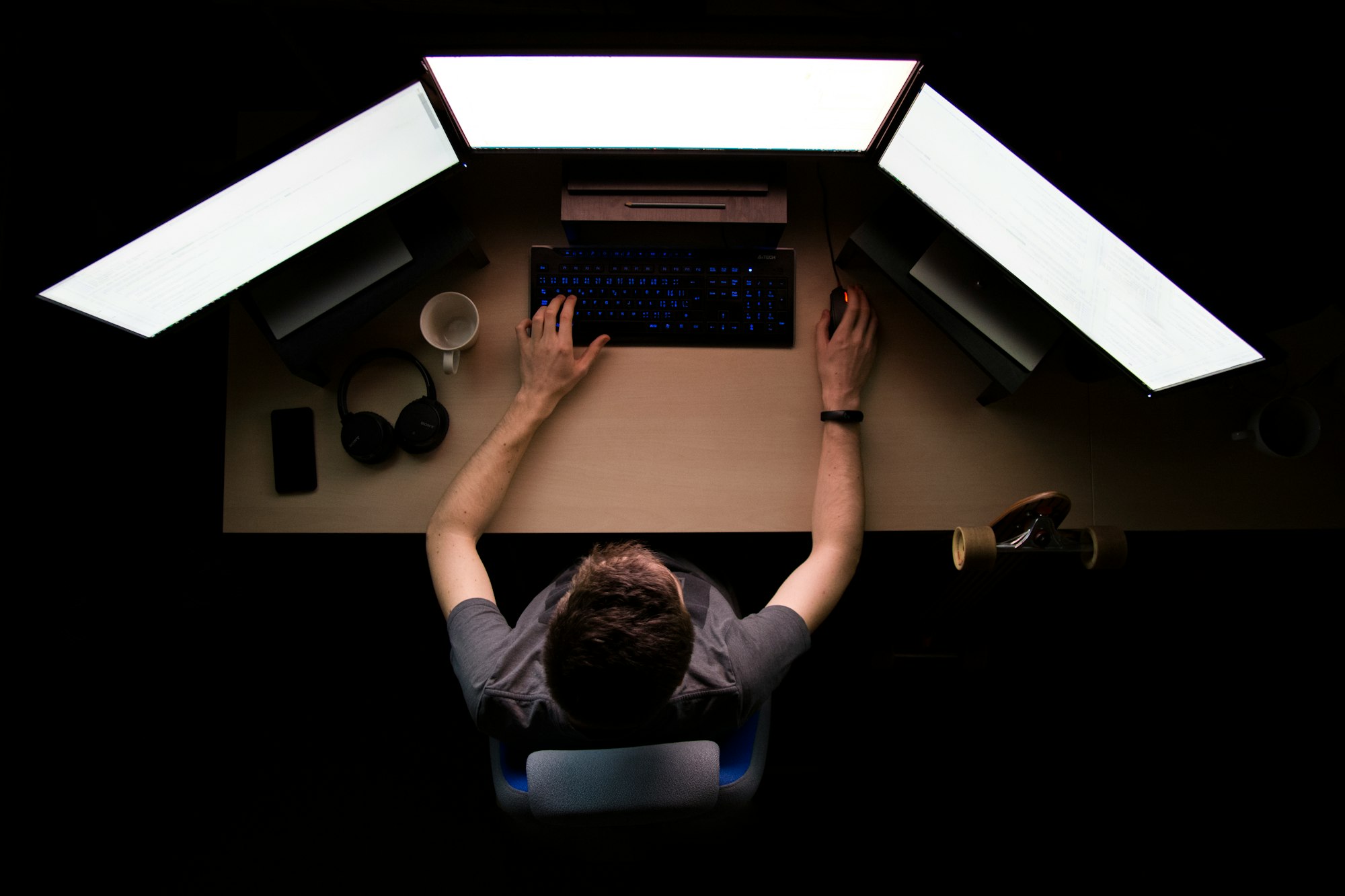
In the end, the problem with AI isn't so much a problem with AI, as it is a problem with transparency. If creators could easily and consistently express how something was created, we humans would be much more at ease with AI. For example, I use Creative Commons licenses for most of the photographs I take. Why? I believe that sharing is caring, and I would want to find similar images and be able to use them without copyright fears. So I use the golden rule and do unto others...you know how it goes.
Creative Commons is awesome! It is a simple way to show someone how you want to be credited, if at all, and what the content can be used for (commercial, non-commercial, etc.). And there are similar efforts such as GNU & Open Source for software. Why can't we make something like that for AI? Well...we can, and I have. It is far from perfect, but all the major parts are there. It is a simple icon and text-based system which alerts a viewer to exactly how a piece of content was made. It covers all the current AI generation methods, and I am releasing this idea for free, for everyone!
How Does AI Attribution Work?
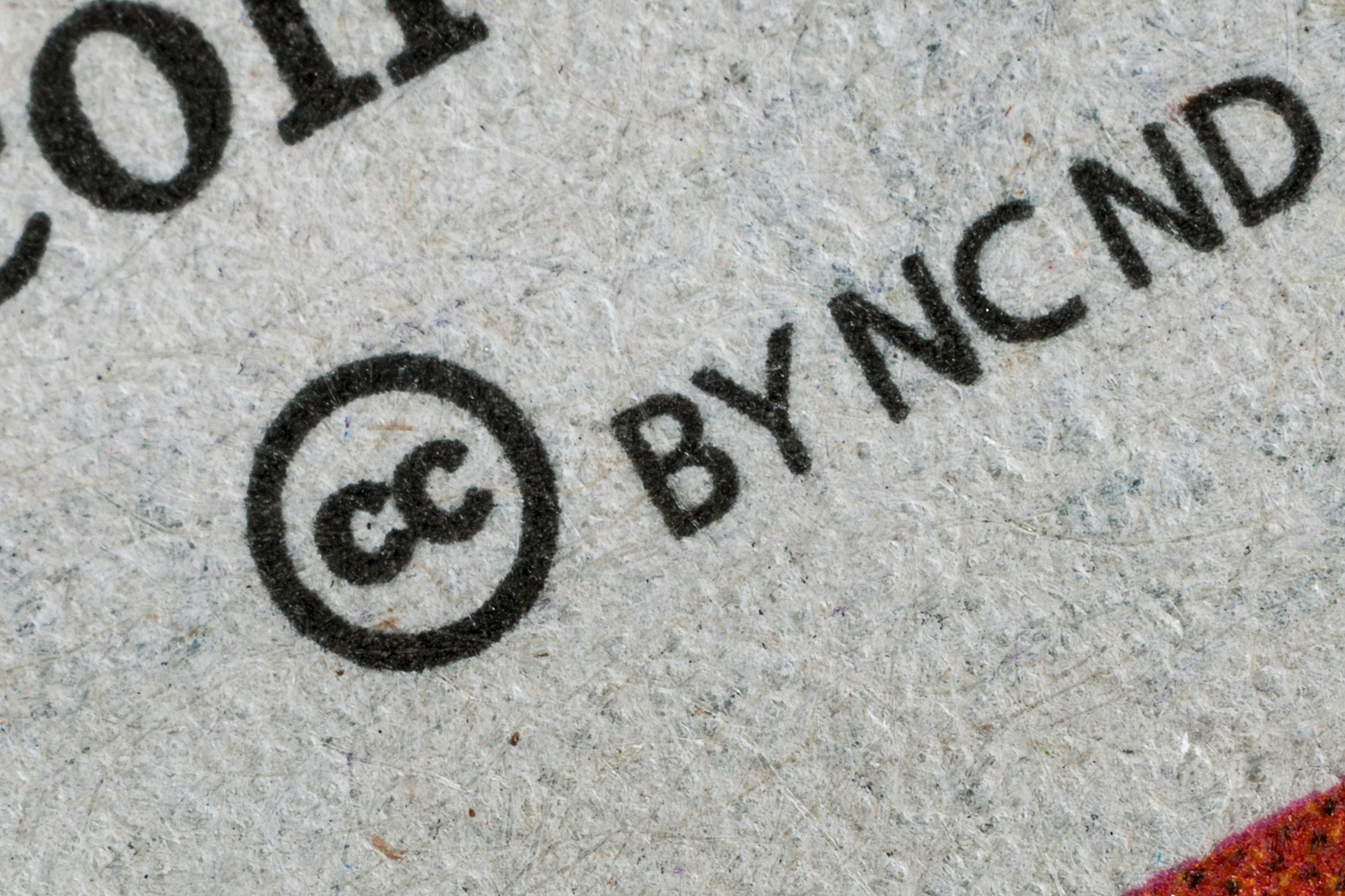
In order to give AI attribution, you simply write a few descriptors and/or add a few emojis. You can put these atributes anywhere you like (I prefer putting them in a caption below the content). Here are the instructions:
- The first descriptor should be who created the most content (a human-made or AI-made).
- The second descriptor is what they made (an image, video, music, or some combination of those).
- The next descriptor is w/ which stands for with.
- Next, you should add who helped make the content (human-made, human-edits or AI-made, AI-edits).
- Lastly, describe what they made (image or etc.).
- If you use emojis, you should use the descriptors as well, because the use of these emojis in this context won't be familiar at first.
- If you wish to use the text descriptors only, emojis are not necessary.
I have posted many examples and all the descriptors below:
For example:
❤️🤖: human-made w/ AI-edits
🤖❤️: AI-made w/ human-edits
🤖: AI-made
Example 1
Let's say you have a few AI images in a video that you created. You would credit it in this way
❤️🎥🤖📸 : Human-made video w/ AI-made images
Example 2
You made an AI image and posted it without editing it at all.
🤖📸: AI-made image
Example 3
You made an AI image but did a little editing before posting it.
🤖📸🔧: AI-made image w/ human-edits
Example 4
You made a movie. It has some AI videos and some original videos. It has AI speech synthesis and a human-made soundtrack. You did a lot of work editing the movie.
❤️🎥🎵🤖🎥🎤🛠️: Human-made movie and music w/ AI-made video clips and speech synthesis. Extensive human-edits
Example 5
You made an image but used Photoshop outpainting to add a different background. Or you took a photo and used an AI sky replacement.
❤️📸🤖✂️: Human-made image w/ AI-edits
AI Attributes
Here is a list of the AI Attribution emojis and what they represent:
- Human-made (heart emoji)❤️
- AI-made (robot face emoji)🤖
- Minimal editing (wrench emoji) 🔧
- Extensive editing (hammer and wrench emoji) 🛠️
- Inpainting or outpainting (scissors emoji) ✂️
- Image (camera with flash emoji) 📸
- Video (movie camera emoji)🎥
- Text (pencil emoji)✏️
- Speech synthesis (microphone emoji) 🎤
- Music (music note emoji)🎵
What I Need from You
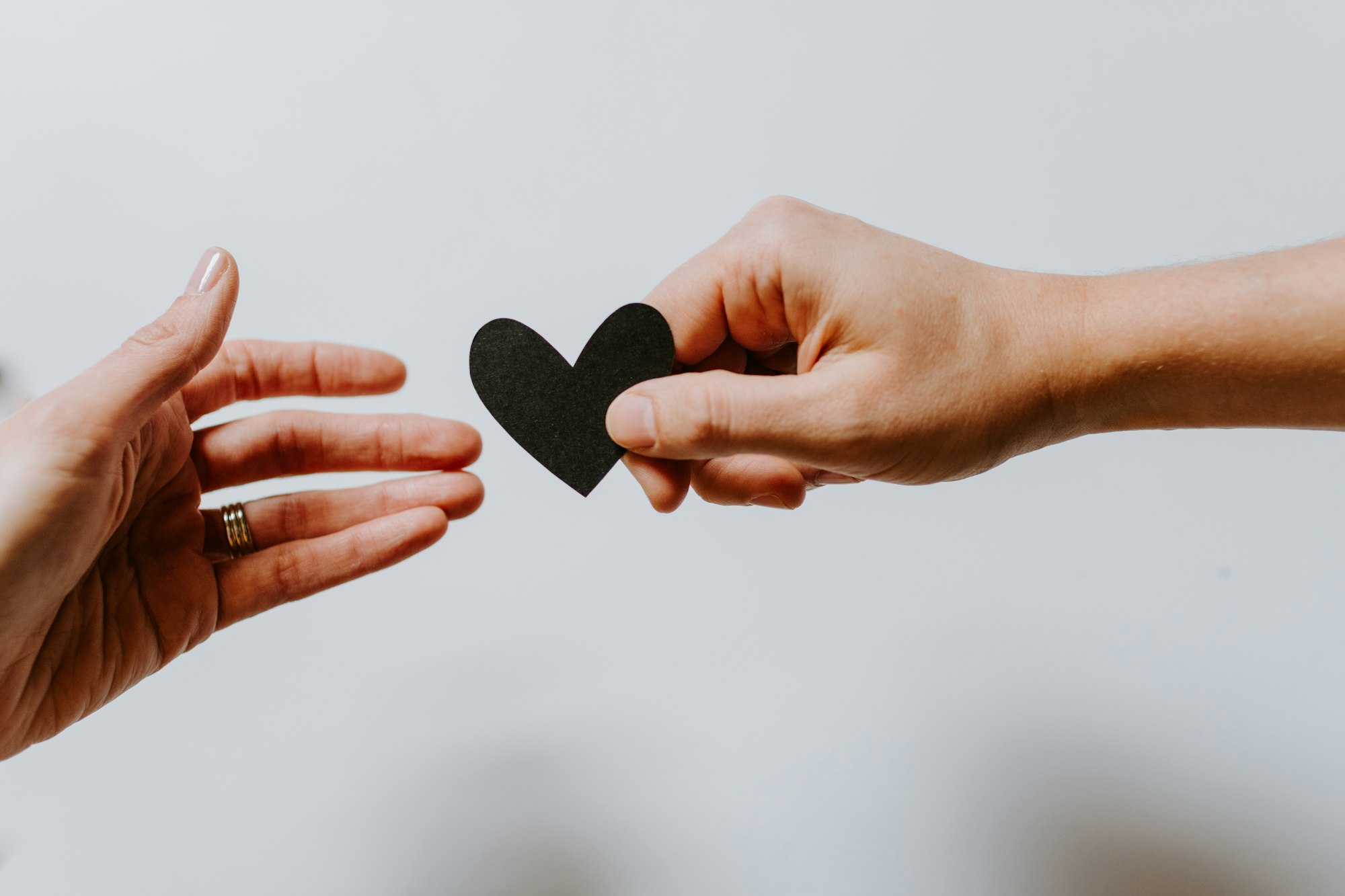
There are a few things I need, however:
- I would like to spread the word more effectively. If you know anyone who hosts an AI news site, send this link their way and ask if they will share it on their page and or socials.
- Please share this page on your social media (I don't have social media, so doing this will help the cause a lot).
- Use these AI attributes in your work. We won't be able to make this happen without the creator and AI communities actually using it.
- Lastly, please link back to this page so other creators can find out how to use this new attribution method. You can use this format: Learn more about AI attribution @ https://sdcason.com/ai
Thanks and God bless +
Shalone Cason
